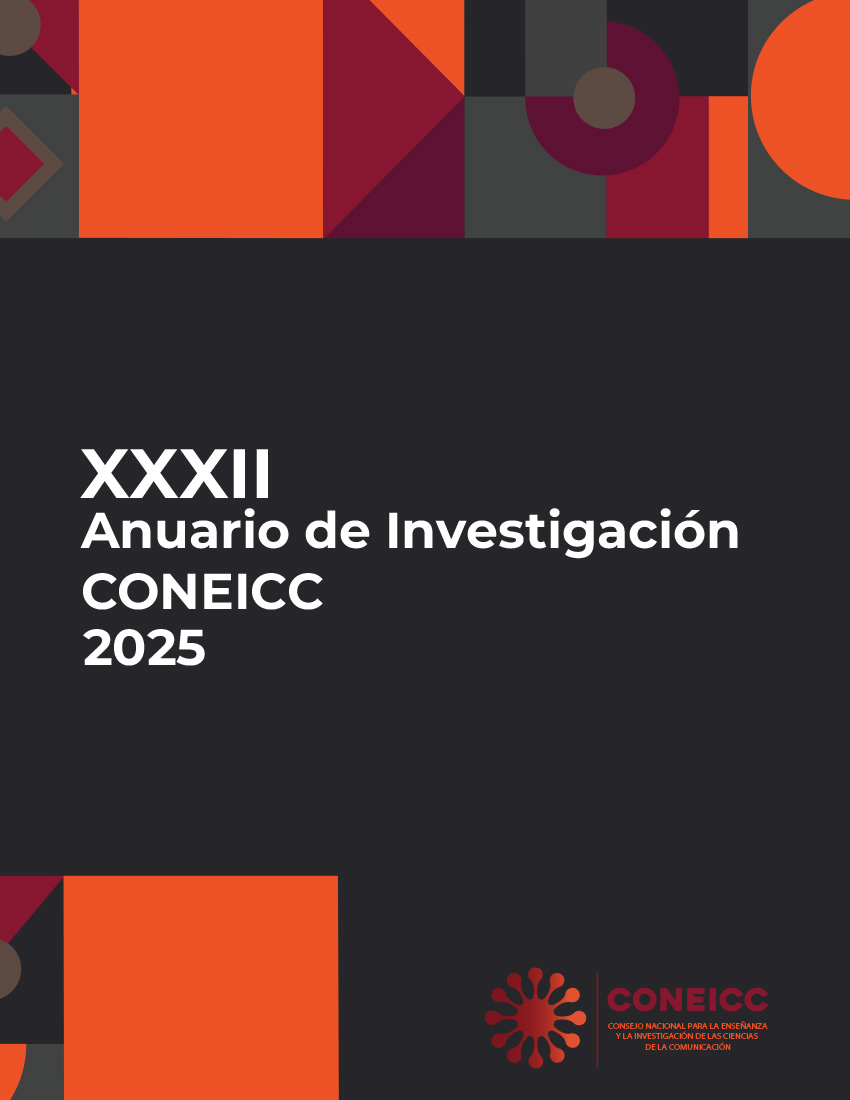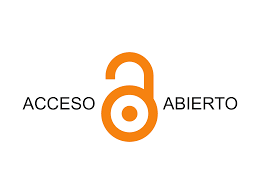The representation of the Mixe community of Totontepec in Coca Cola's December 2015 advertising campaign:
a content analysis with a human rights perspective
DOI:
https://doi.org/10.38056/2005aiccXXXII642Keywords:
Discrimination, coloniality, human rights, representation, imaginaryAbstract
The purpose of this research is to analyze the representation that Coca-Cola made of the Mixe community in its December 2015 campaign from a human rights perspective, explaining the importance of advertising being governed by an inclusive structure that reduces social gaps.
It is based on the theory of the Collective Imaginary, by Cornelius Castoriadis, which proposes that imaginaries are meanings or images that allow us to refer to something and that influence the behavior of social groups as soon as they are integrated into the various sociocultural fields of action. Likewise, taking into account that the Mixe community could be considered a minority, Erving Goffman's Social Stigma theory will be included, which explains the way in which negative representations of certain excluded social groups are constructed. And Teun Van Djik's theory of Critical Discourse Analysis will be used to describe the message of the Coca-Cola advertisement, highlighting the situations of contrast between social groups.
Likewise, in the construction of the instrument, Winston's semiotic analysis, which has been recovered in the background section of this research, will be used as a basis.
Downloads
Downloads
Published
How to Cite
Issue
Section
License
Copyright (c) 2025 Karen Sofía Franco, Oscar Josué Franco Cisneros

This work is licensed under a Creative Commons Attribution-NonCommercial-NoDerivatives 4.0 International License.










